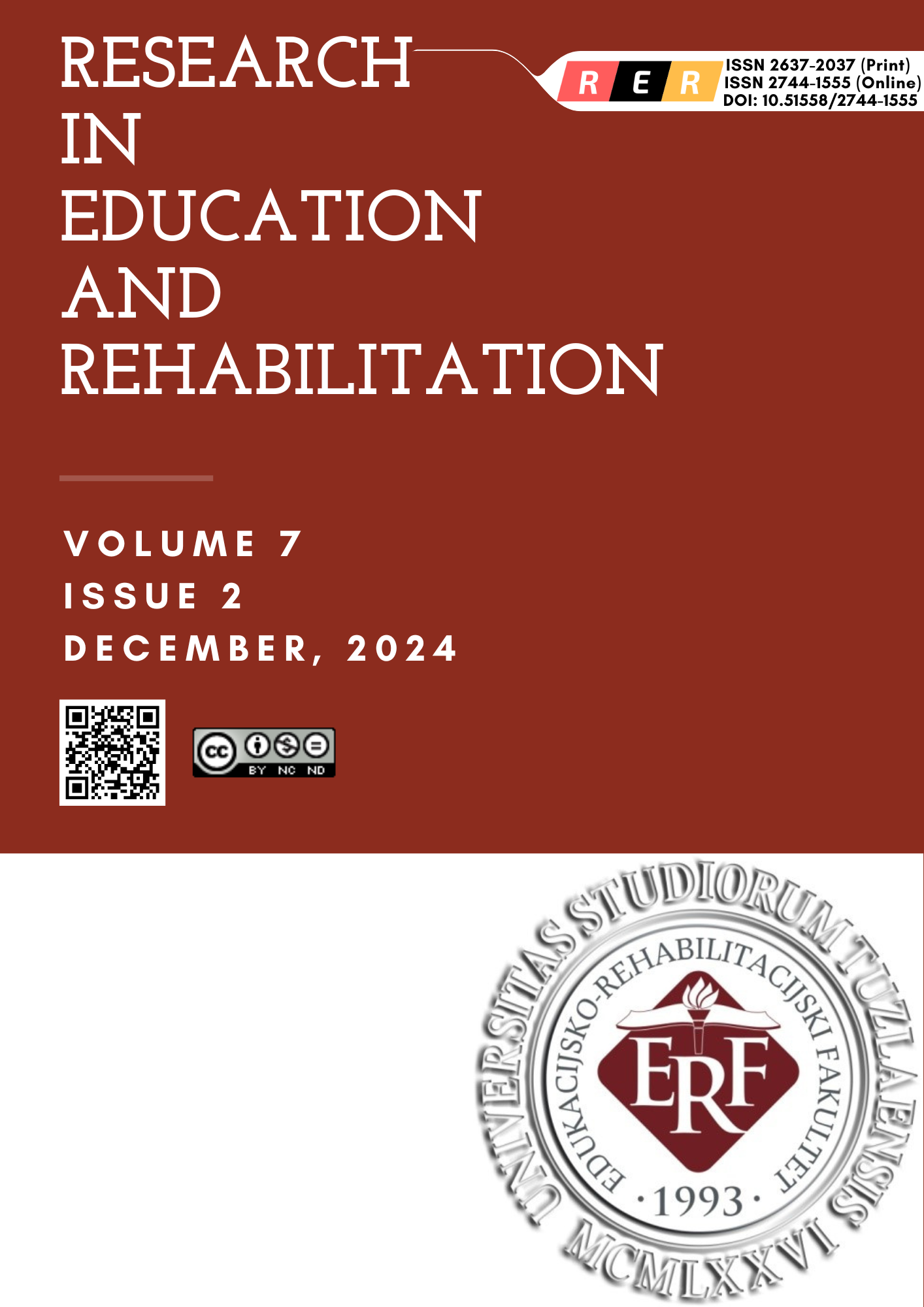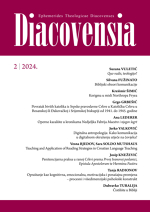Author(s): T. M. Alves,M. C. Oliveira,Neto F. Lotufo / Language(s): English
Issue: 1/2016
Background: Complicated grief is characterized by persistent yearning for the deceased, intense sorrow and emotional pain in response to death causing significant distress. Complicated grief is often under recognized and undertreated. The Texas Revised Inventory of Grief (TRIG) is a questionnaire that has been demonstrated to have high validity and reliability in the assessment of grief. Our objective was to translate, adapt, and validate the TRIG to Brazilian Portuguese and to verify whether the TRIG, in a bereaved population, is able to distinguish between those with and those without complicated grief and to identify which elements in the scale contribute to this. Methods: Two stages: a) cross-culture adaptation of a questionnaire, and b) cross-sectional study of reliability and validity. Setting and Participants: 165 adult patients were recruited from a) the Grief Outpatient Clinic at the Department and Institute of Psychiatry - University of São Paulo, b) private practice at the same department, and c) co-workers who have lost a loved one. All the patients were interviewed with the TRIG. According to clinical criteria69 of 165 bereaved patients were presenting complicated grief. Results: Cross-culture adaptation: the TRIG was translated from American English, then back-translated and finally compared with the Brazilian Portuguese version by two bilingual psychiatrists. Reliability: the Cronbach’s alpha coefficients (internal consistency) of the TRIG scales were 0,735 (part I) and 0,896 (part II). Sensitivity, specificity as well as cutoff points to identify complicated and non-complicated grief, were measured using the ROC curve. Using the total score of 104 (part I + part II + Part III + psychographics variables), we can correctly classify 71.3% of individuals with and without complicated grief. The construct validity was assessed by factor analysis and confirmatory analysis. Furthermore, by logistic regression, our study demonstrated that a low education level, age of the deceased and age of the bereaved, loss of a son or daughter, and unexpected death were all risk factors for complicated grief. Our results also suggest that religion may influence complicated grief. Conclusion: The TRIG adapted to Brazilian Portuguese is as reliable and valid as the original version. In the evaluation of Brazilian bereaved, it was able to distinguish individuals with and without complicated grief. And, we suggest a cut-off value of 104 for complicated grief.
More...














